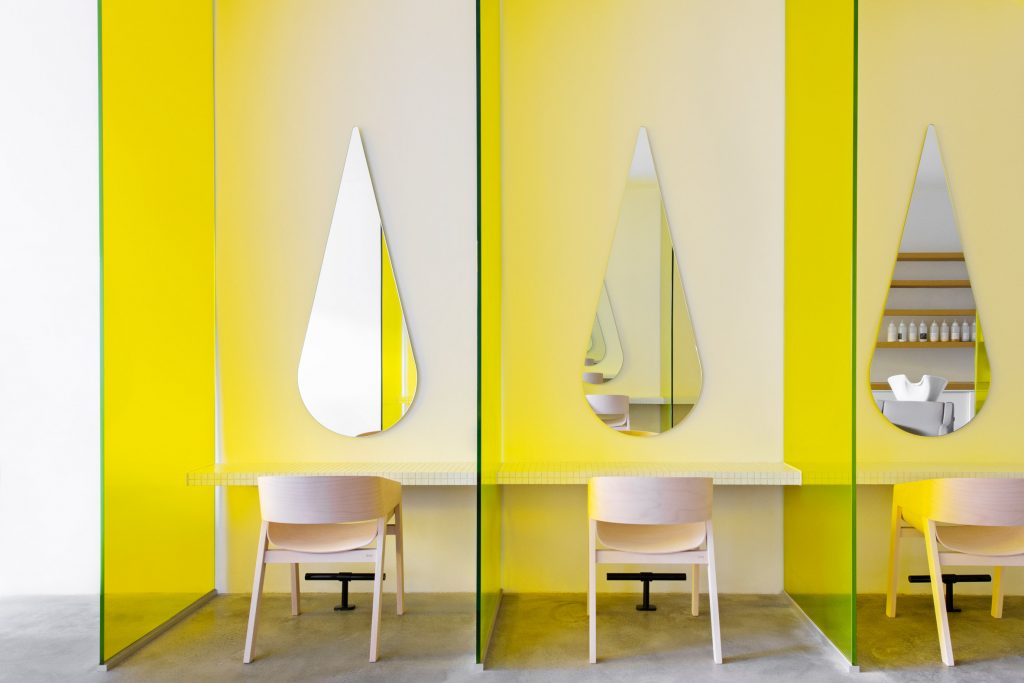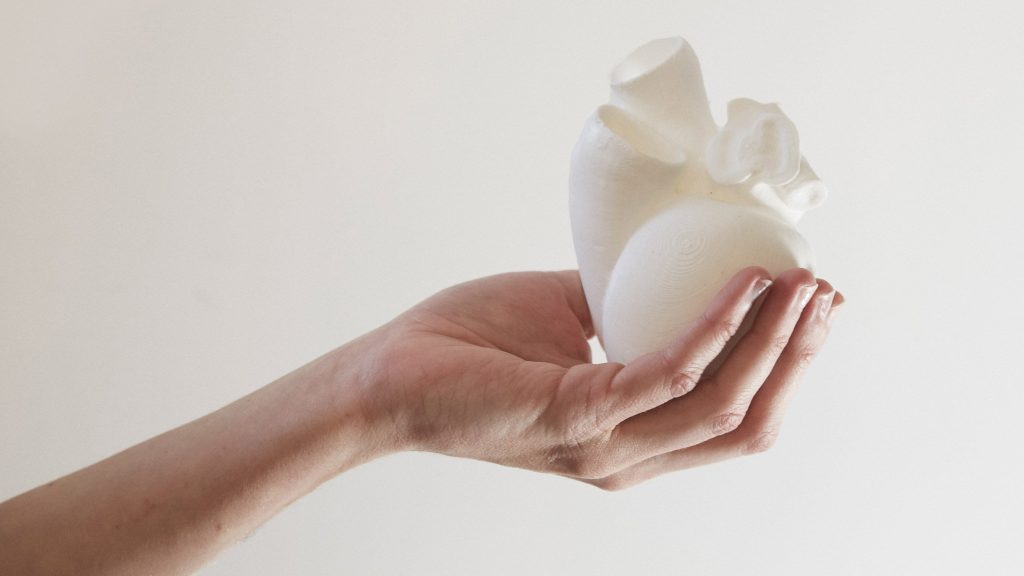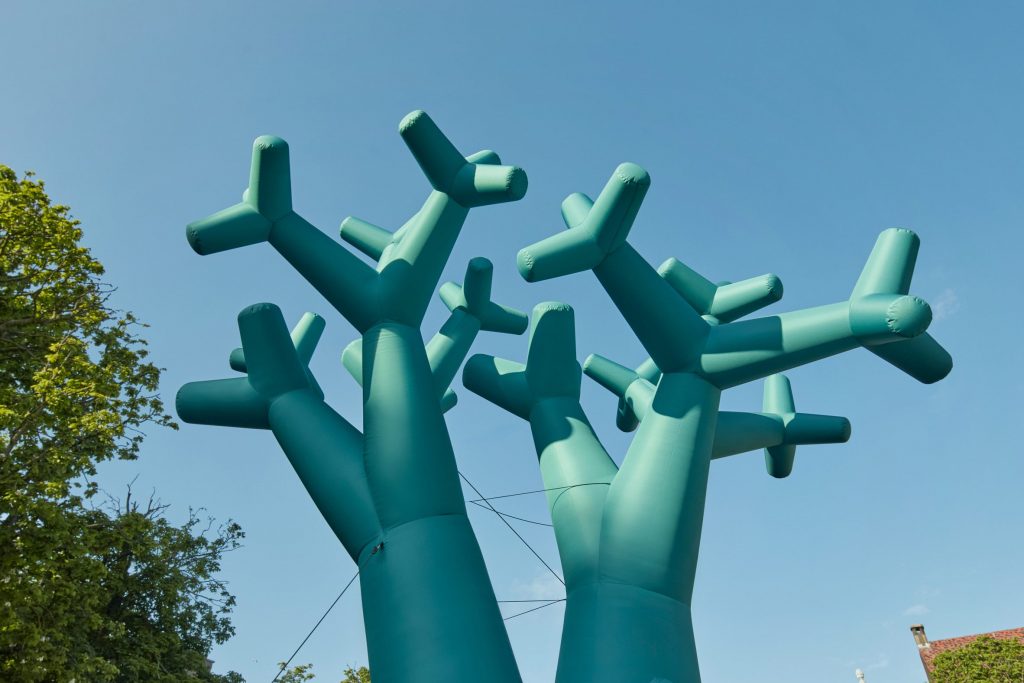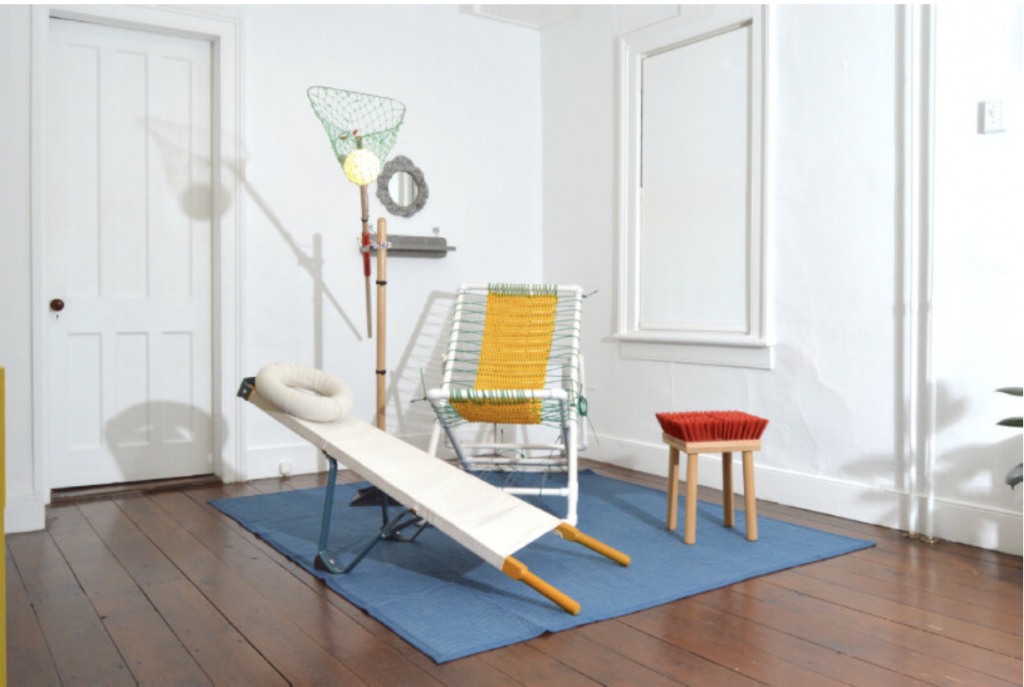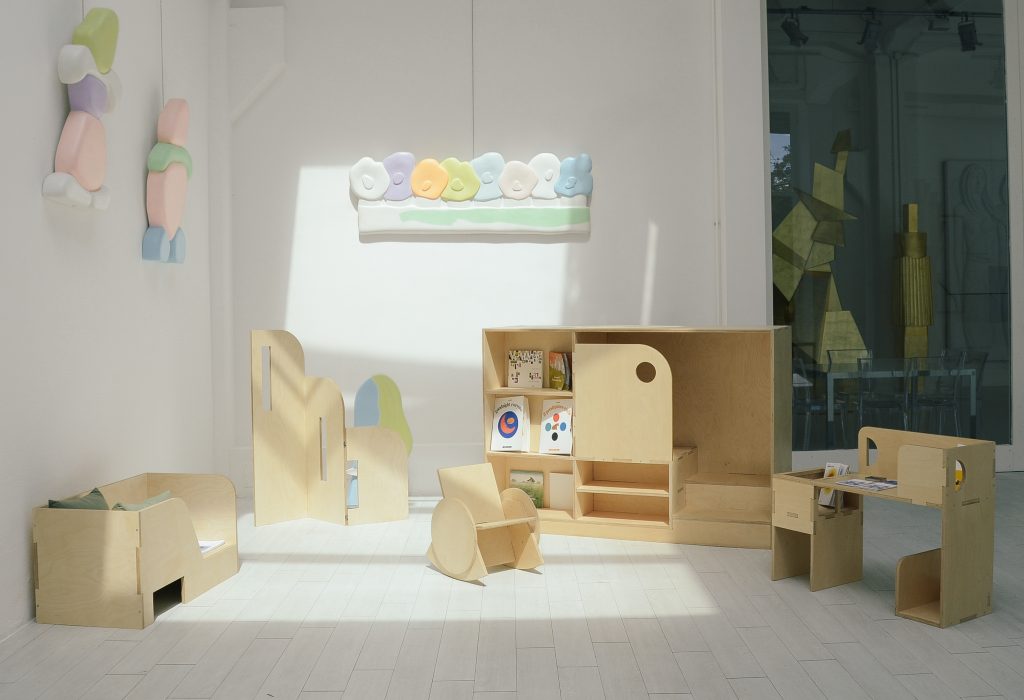In a world dominated by screens, pixels, and processors, smartphone design is evolving faster than ever. Modern devices are no longer just communication tools, they are canvases for innovation, engineering marvels, and statements of aesthetic vision. From liquid-cooled gaming beasts to transparent glass sculptures and digital-detox minimalism, the latest smartphones are redefining the user experience at every level.

